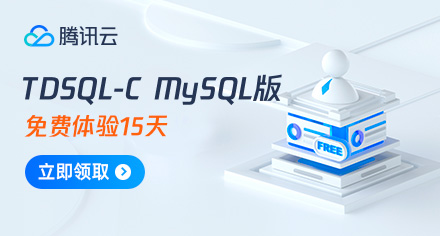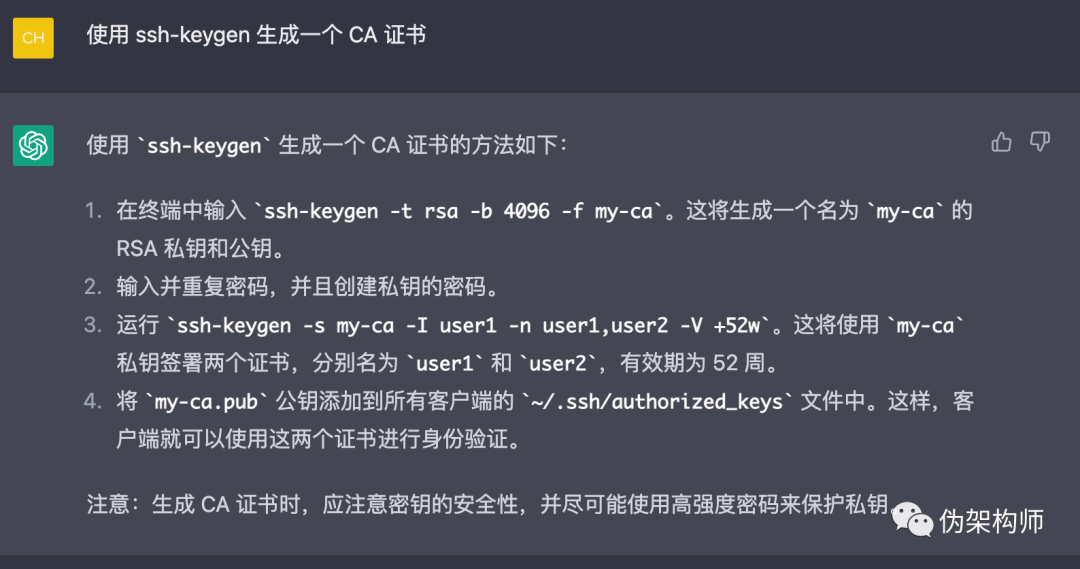tensorflow对象检测api和基于图像帧的bboxes
通过标签python阅读其他人的问题答案,我面临着一项由Banach TensorFlow对象检测API异常行为所做的惊人的工作。因此,我想重新尝试一下他所做的,以便更深入地理解Tensorflow对象检测API。我一步一步地遵循他所做的事情,就像我使用杂货数据集一样。faster_rcnn_resnet101模型采用默认参数,batch_size = 1。
真正的区别是,我使用的不是Shelf_Images,每个类的注释和bbs,而是Product_Images,其中有10个文件夹(每个文件夹对应一个类),在每个文件夹中,您可以看到没有任何背景的全尺寸香烟图像。Product_Images的平均尺寸为600*1200,而Shelf_Images为3900*2100。所以,我想为什么我不能把这些完整的图像取出来,然后在上面进行训练,取得成功。顺便说一句,我不需要像Banach那样手动裁剪图像,因为600*1200非常适合于faster_rcnn_resnet101神经网络模型及其输入图像的默认参数。
示例之一,类外的Pall Mall
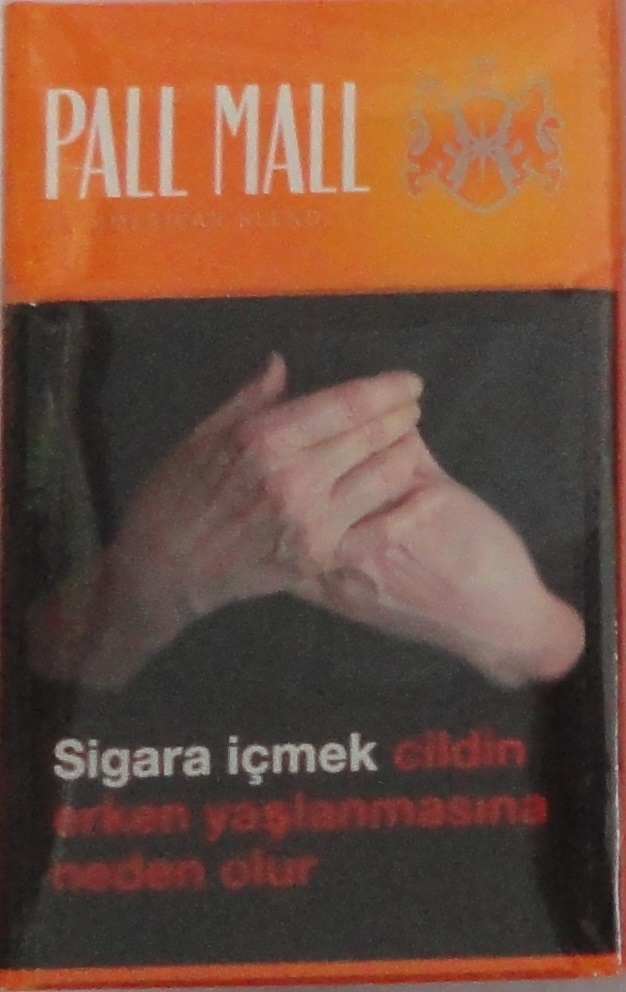
这看起来很简单,因为我可以通过图像的轮廓来创建bboxes。因此,我只需要为每个图像创建注释,并从其中创建tf_records以供培训。我采用了根据图像轮廓创建bboxes的公式。
x_min = str(1)
y_min = str(1)
x_max = str(img.width - 10)
y_max = str(img.height - 10)xml注释的示例
<annotation>
<folder>VOC2007</folder>
<filename>B1_N1.jpg</filename>
<path>/.../grocery-detection/data/images/1/B1_N1.jpg</path>
<source>
<database>The VOC2007 Database</database>
<annotation>PASCAL VOC2007</annotation>
<image>flickr</image>
<flickrid>192073981</flickrid>
</source>
<owner>
<flickrid>tobeng</flickrid>
<name>?</name>
</owner>
<size>
<width>811</width>
<height>1274</height>
<depth>3</depth>
</size>
<segmented>0</segmented>
<object>
<name>1</name>
<pose>Unspecified</pose>
<truncated>0</truncated>
<difficult>0</difficult>
<bndbox>
<xmin>1</xmin>
<ymin>1</ymin>
<xmax>801</xmax>
<ymax>1264</ymax>
</bndbox>
</object>
</annotation>在脚本对所有文件夹映像进行迭代之后,我为每个图像注释获得了与我在VOC2007 xml类型中显示的类似的内容。然后,我在每个注释上创建了tf_records迭代,就像tensorflow在正在运行示例中所做的那样,所有这些现在看起来都很棒,可以在annotation k80上进行培训了。
用于创建的feature_dict示例
feature_dict = {
'image/height': dataset_util.int64_feature(height),
'image/width': dataset_util.int64_feature(width),
'image/filename': dataset_util.bytes_feature(
data['filename'].encode('utf8')),
'image/source_id': dataset_util.bytes_feature(
data['filename'].encode('utf8')),
'image/key/sha256': dataset_util.bytes_feature(key.encode('utf8')),
'image/encoded': dataset_util.bytes_feature(encoded_jpg),
'image/format': dataset_util.bytes_feature('jpeg'.encode('utf8')),
'image/object/bbox/xmin': dataset_util.float_list_feature(xmins),
'image/object/bbox/xmax': dataset_util.float_list_feature(xmaxs),
'image/object/bbox/ymin': dataset_util.float_list_feature(ymins),
'image/object/bbox/ymax': dataset_util.float_list_feature(ymaxs),
'image/object/class/text': dataset_util.bytes_list_feature(classes_text),
'image/object/class/label': dataset_util.int64_list_feature(classes),
'image/object/difficult': dataset_util.int64_list_feature(difficult_obj),
'image/object/truncated': dataset_util.int64_list_feature(truncated),
'image/object/view': dataset_util.bytes_list_feature(poses),
}经过每步12458步1幅图像后,模型收敛到局部极小值。我保存了所有的检查点和图表。接下来,我用它创建了推理图,并运行了object_detection_tutorial.py来展示它是如何在我的测试映像上工作的。但我对结果一点也不满意。最后一幅图像大小为1024 × 760,第三幅图像的顶部为3264 × 2448。因此,我尝试了不同尺寸的香烟图像,以避免丢失图像细节在图像缩放的模型。
输出:带有预测bboxes的分类图像
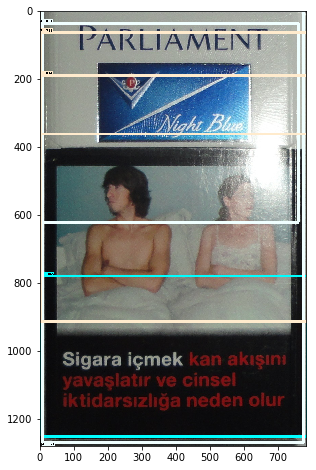

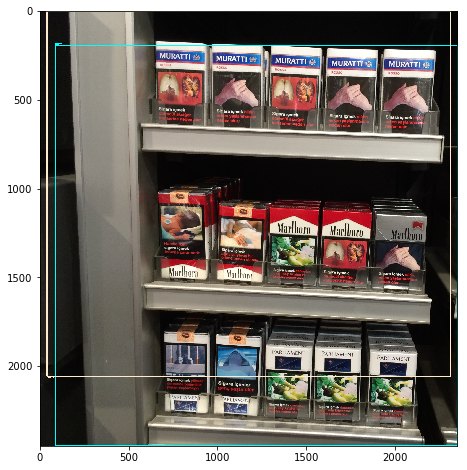

回答 1
Stack Overflow用户
发布于 2018-02-20 07:43:32
我认为问题在于,您的网络了解到对象的大小与输入图像的大小几乎相同,因为每个训练图像只包含一个与输入图像本身大小几乎相同的正对象。
我认为您的数据集将是卷烟包分类器的良好起点,而不是对象检测器的起点。
更快的-R模型需要有物体的样本,但也需要背景。然后,该模型将以两步的方式在图像中找到对象。在第一步中,一个所谓的区域提案网络将在图像中寻找有趣的区域。这些有趣的领域将在第二步进行分类。在第二步中,模型决定一个区域是实际的对象还是仅仅是背景。
因此,为了训练香烟对象检测器,您需要大量的样本,比如文章的最后一张图片,其中所有的对象(香烟包)都有一个单独的BBOX和类标签。
https://stackoverflow.com/questions/48888159
复制

